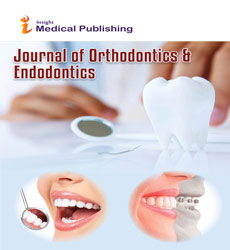Abstract
Clinic and histopathologic aspects of chronic hyperplastic candidiasis in oral mucosa
Candida is a dimorphic microorganism commonly found in the gastrointestinal tract, skin and mucous membranes of humans. In the yeast phase, the fungus is not pathogenic and may be present in the oral cavity of healthy individuals. Oral candidiasis is generally classified into four groups, and the hyperplastic variant is represented by a chronic infection, characterized by an epithelial hyperplasia of the host. Specifically, these lesions are difficult to differentiate from leukoplakias and they also have been associated with an increased chance of developing dysplasias and malignant lesions. The aim of this work was to analyze the incidence of chronic hyperplastic candidiasis in an Oral Pathology Service, intending to demonstrate the occurrence of these infections in the oral cavity as well as to evaluate the histology of the specimens to define the anatomopathological aspects that better characterize them. For the characterization of the samples, the clinical data of the patients and the aspects of the lesions were collected. Subsequently, the histopathological analysis of the sections was performed under light microscopy, and the hematoxylin-eosin and periodic acid Schiffer staining were used to evaluate the microscopic characteristics and the presence of Candida, respectively. The professionals who performed the biopsies were contacted to obtain information about the evolution of the lesion and the patient. In general, clinically, the lesions appeared as an asymptomatic nodule or white plaque on the tongue or buccal mucosa. Histologically, the presence of epithelial hyperplasia, exocytosis and mononuclear inflammatory infiltrate were the most noted. After contacting the professionals, some “follow-ups” were obtained
Author(s):
Paulo Sergio Souza Pina
Abstract | PDF
Share this

Google scholar citation report
Citations : 265
Journal of Orthodontics & Endodontics received 265 citations as per google scholar report
Abstracted/Indexed in
- Google Scholar
- China National Knowledge Infrastructure (CNKI)
- Cosmos IF
- Directory of Research Journal Indexing (DRJI)
- WorldCat
- Geneva Foundation for Medical Education and Research
- Secret Search Engine Labs
- Euro Pub
Open Access Journals
- Aquaculture & Veterinary Science
- Chemistry & Chemical Sciences
- Clinical Sciences
- Engineering
- General Science
- Genetics & Molecular Biology
- Health Care & Nursing
- Immunology & Microbiology
- Materials Science
- Mathematics & Physics
- Medical Sciences
- Neurology & Psychiatry
- Oncology & Cancer Science
- Pharmaceutical Sciences

